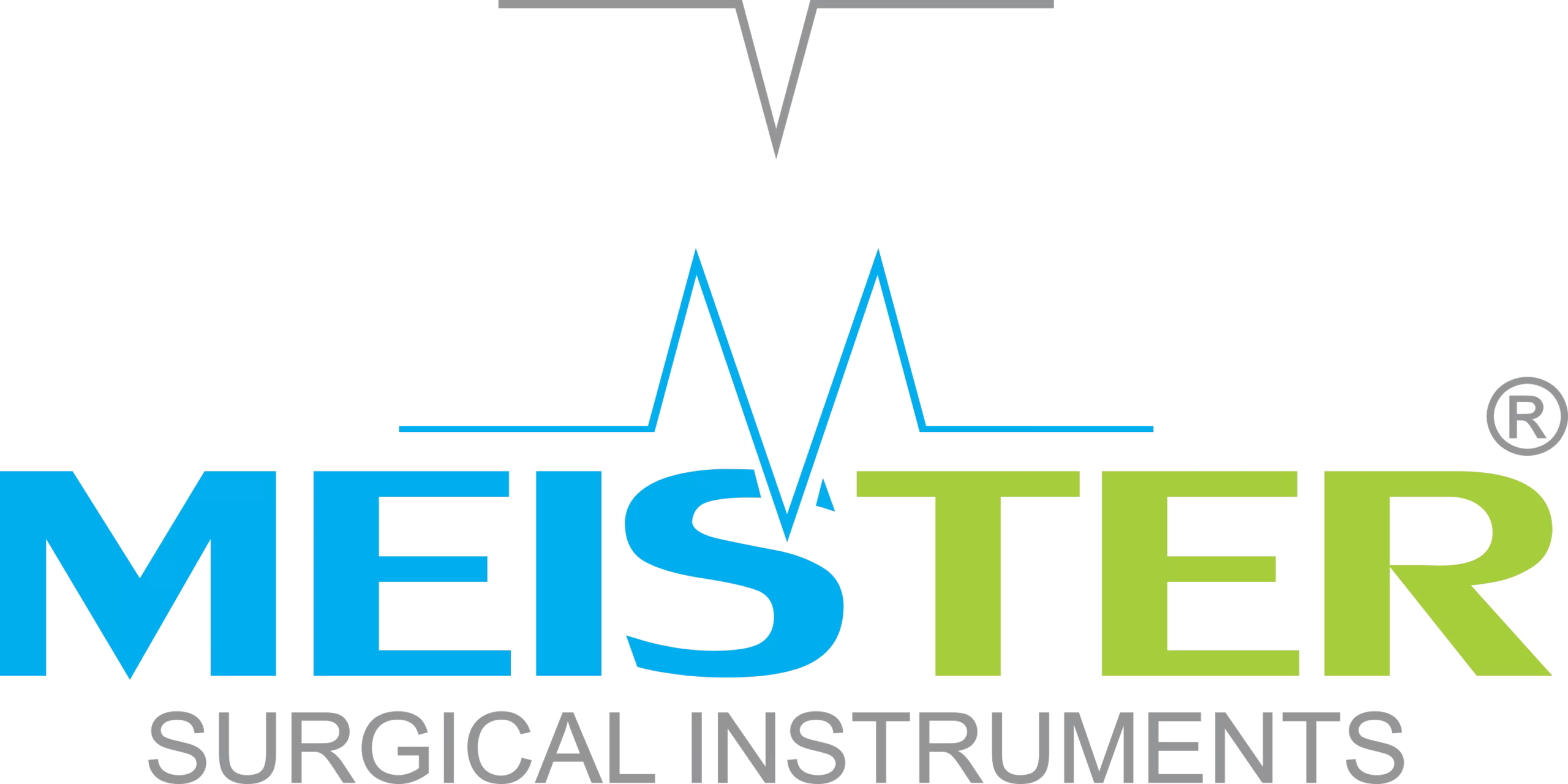In the world of modern medicine, surgical procedures rely heavily on the precision and quality of the tools used. For every incision, dissection, retraction, or suturing process, there’s a specific instrument designed to perform the task with accuracy. Whether you’re a medical student, a surgeon, or a healthcare provider, understanding surgery instruments with names is fundamental.
In this blog, we will explore a comprehensive list of common and specialized surgical instruments, grouped by category and function, along with their respective uses. This guide aims to serve as a helpful resource for surgical teams and buyers sourcing quality instruments for hospitals, clinics, and academic settings.
Introduction to Surgical Instruments
Surgical instruments are specially designed tools that assist surgeons in carrying out procedures with minimal tissue damage and maximum efficiency. These instruments are typically made from high-grade stainless steel, ensuring durability, sterilizability, and resistance to corrosion.
They are usually classified by function, including:
- Cutting and dissecting instruments
- Grasping and holding instruments
- Clamping and occluding instruments
- Retracting and exposing instruments
- Suturing instruments
- Dilating and probing tools
Cutting and Dissecting Instruments
These instruments are used to make incisions, cut tissues, or dissect body structures.
1. Scalpel
A small, sharp knife used for making precise incisions.
- Common Types: No. 10, No. 11, No. 15 blades
- Use: Skin incisions, soft tissue dissection
2. Scissors
Surgical scissors vary in shape and sharpness depending on their specific use.
- Metzenbaum Scissors – For delicate tissue dissection
- Mayo Scissors – For cutting thick tissues
- Iris Scissors – For precise, small incisions
Grasping and Holding Instruments
These tools are designed to hold tissues or objects during surgery.
3. Thumb Forceps (Tissue Forceps)
Used to grasp and stabilize tissue during suturing or dissection.
- Adson Forceps – Have fine tips for delicate tissue
- Allis Tissue Forceps – Have teeth for a firm grip on fascia or tissues
4. Needle Holders (Needle Drivers)
Used to hold needles for suturing.
- Mayo-Hegar Needle Holder – Commonly used in general surgery
- Crile-Wood Needle Holder – Offers finer control
Clamping and Occluding Instruments
Clamps are used to stop bleeding, close off vessels, or secure tissue.
5. Hemostats (Artery Forceps)
Used to clamp blood vessels.
- Mosquito Hemostats – Small and delicate
- Kelly and Crile Hemostats – For medium to large vessels
6. Bulldog Clamps
Small spring-loaded clamps used for temporarily occluding blood vessels.
Retracting and Exposing Instruments
Retractors hold back tissues to provide better visibility and access.
7. Richardson Retractor
Used for abdominal or thoracic surgeries.
8. Deaver Retractor
Curved and used to retract deep abdominal or chest walls.
9. Gelpi Retractor
Self-retaining retractor used for small incisions.
Suturing and Stapling Instruments
These instruments are essential in wound closure and tissue approximation.
10. Suture Needle
Comes in various shapes and sizes for different tissues.
11. Surgical Staplers
Used for rapid closure, especially in GI and lung surgeries.
Dilators and Probes
Used to explore, open, or enlarge body cavities.
12. Hegar Dilator
Used in gynecology to dilate the cervix.
13. Probes
Thin, flexible tools used to explore fistulas or sinus tracts.
Specialized Surgical Instruments (by Field)
Neurosurgery
- Penfield Dissector – Used to separate delicate tissues
- Kerrison Rongeur – Removes bone during spinal procedures
Orthopedic Surgery
- Bone Cutter
- Rongeurs
- Periosteal Elevator
ENT Surgery
- Freer Elevator – Used to lift the mucoperichondrium
- Bayonet Forceps – Angled forceps for nasal/sinus surgery
Urology
- Cystoscope – Visual inspection of the bladder
- Stone Forceps – For removal of kidney or bladder stones
Tips for Identifying Surgical Instruments
- Check the Handle: Ratcheted handles usually indicate clamps or needle holders.
- Look at the Tip: Sharp or pointed tips are often used for cutting or dissecting.
- Observe the Shape: Curved or angled instruments are designed for access in confined spaces.
- Read the Manufacturer’s Marking: Quality surgical tools usually include engraved names or part numbers.
Maintenance and Care of Surgical Instruments
Proper care ensures the longevity and functionality of your surgical tools.
- Cleaning: Immediately after use, rinse and soak instruments.
- Disinfection: Use medical-grade solutions to kill pathogens.
- Sterilization: Autoclaving is the most common method.
- Storage: Store in clean, dry, and properly labeled trays.
Where to Buy Quality Surgical Instruments
When choosing surgical instruments, quality, precision, and compliance with international standards are critical. At Meister Surgical, we offer a wide range of surgery instruments with names clearly labeled for easy identification. Each instrument is crafted from German stainless steel and undergoes strict quality control for reliability and durability.
Email us at info@meistersurgical.com to request a catalog or custom quote.
Conclusion
Understanding surgery instruments with names is more than just academic—it’s essential for safe, efficient surgical care. From scalpels to retractors, and clamps to elevators, each tool plays a specific role in ensuring the success of surgical procedures.
Whether you’re a practicing surgeon, a student, or a medical supplier, this guide provides a solid foundation for identifying and sourcing the right instruments.
For high-quality surgical tools tailored to your practice’s needs, trust Meister Surgical—your partner in surgical excellence.

